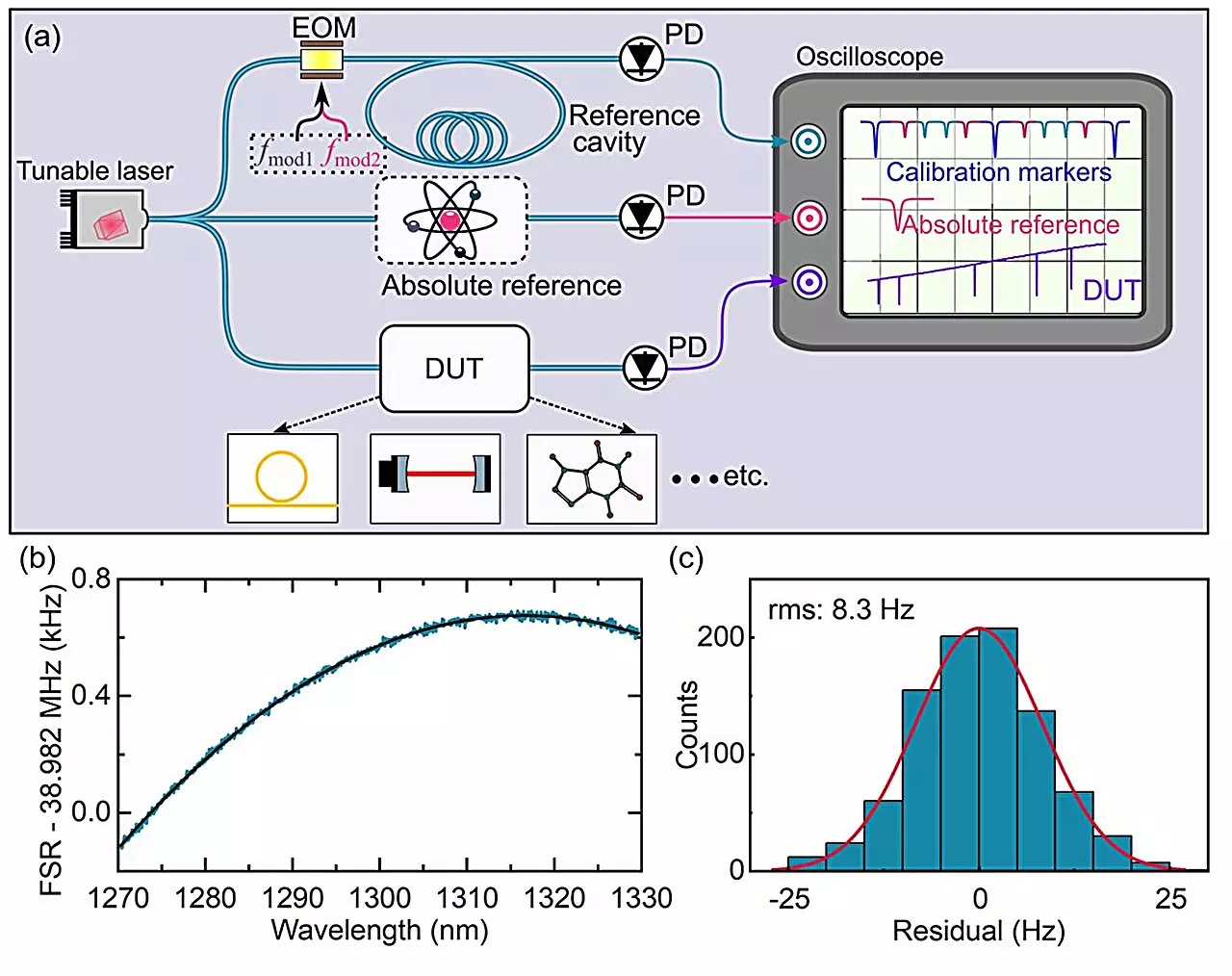Since the inception of the laser in the early 1960s, scientific exploration into laser spectroscopy has dramatically transformed our understanding of atomic and molecular structures. Initially, lasers served as mere sources of light, but over the decades, their applications have evolved into a cornerstone of analytical chemistry, physics, and various engineering disciplines. Today, laser spectroscopy plays a pivotal role in unraveling complex molecular dynamics, allowing researchers to gain unprecedented insights into materials that impact everything from pharmaceuticals to environmental studies.
The journey from traditional spectroscopic practices to modern laser-based techniques has been marked by extraordinary advancements in technology. The evolution can be largely categorized into frequency-comb laser spectroscopy and tunable continuous-wave (CW) laser spectroscopy, two powerful methodologies that have each carved their niche in the realm of high-precision analysis.
Frequency comb technology represents a quantum leap in spectroscopic techniques, enabling scientists to achieve frequency measurements with astonishing accuracy—up to 18 digits, in fact. The implications of such precision are far-reaching; it has opened new avenues in the development of optical clocks that can measure time with exceptional granularity, aid in gravity sensing applications, and even contribute to the elusive search for dark matter—one of the most significant mysteries in physics today.
However, this extraordinary capability does come with its caveats. While frequency combs afford high spectral resolution and an extensive bandwidth, they fall short in terms of power per mode, which hampers the detection of trace gases, a crucial task in applications like environmental monitoring and safety. Furthermore, harnessing the full potential of frequency-comb technology requires complex stabilization systems for long-term coherence, adding layers of complexity to its implementation.
Conversely, tunable continuous-wave lasers shine in areas that demand high signal-to-noise ratios (SNR) and long interaction paths. Their ability to deliver a high photon flux makes them particularly effective for molecular spectroscopy and gas sensing. Nevertheless, tunable CW lasers encounter their own set of challenges; fluctuations in frequency scan speed can introduce systematic errors that undermine measurement fidelity.
To confront these difficulties, researchers have developed a variety of compensatory techniques, which include interferometric methods and single-sideband modulation. These innovations aim to mitigate inconsistencies and enhance the reliability of laser measurements. A noteworthy approach is the frequency-comb-calibrated tunable laser spectroscopy, which synergizes the strengths of frequency combs and tunable lasers. While promising, this combination rests on the prerequisite of having a reference frequency comb that maintains a flat optical spectrum, which can be elusive in practical settings.
Recent advancements have emerged from the Max Planck Institute for the Science of Light, where a novel broadband spectroscopy method was introduced. This innovative technique integrates a tunable laser combined with a refined calibration process. Reported in the journal Advanced Photonics, this methodology employs a fiber cavity along with a dual radio frequency (RF) modulation strategy for on-the-fly calibration of the laser frequency, thus allowing for real-time adjustments.
This calibration mechanism functions as a precise optical frequency ruler, enabling accurate distance measurements between spectral features. The researchers showcased a remarkable ability to gauge slight deviations in the fiber loop cavity’s free spectral range over an expansive 11-THz frequency swath, achieving unparalleled precision measured in sub-10-Hz increments. Compared to traditional methods, the techniques demonstrate a significant enhancement in measurement speed, achieving up to 1 THz/s with improved probe power and spectral stability.
The ramifications of this simplified yet robust method transcend laboratory boundaries. Its design does not necessitate the complexities of mode locking or phase locking, making it suitable for outdoor applications such as LIDAR systems, comprehensive 3D imaging, and extensive trace gas sensing. Furthermore, its capacity for measuring the molecular absorption spectrum of HF gas with astounding precision highlights its potential for diverse applications, from environmental assessment to advanced material characterization.
The evolution of laser spectroscopy from basic principles to sophisticated techniques has ushered in a new era of scientific discovery. The recent breakthroughs promise not only to enhance precision in existing methodologies but also to pave the way for innovative applications across myriad fields. As we continue to explore and expand upon these developments, the future of analytical science looks ever more promising.


Leave a Reply